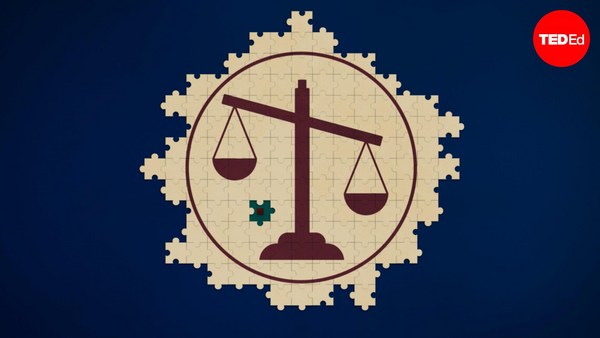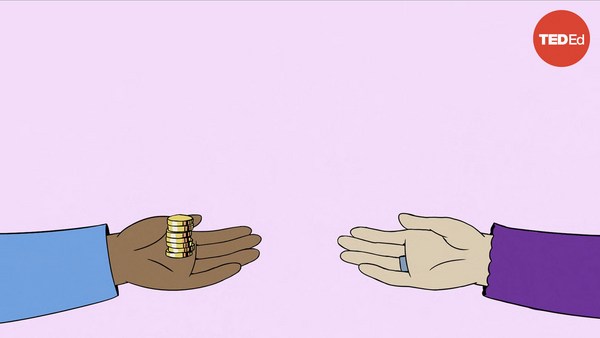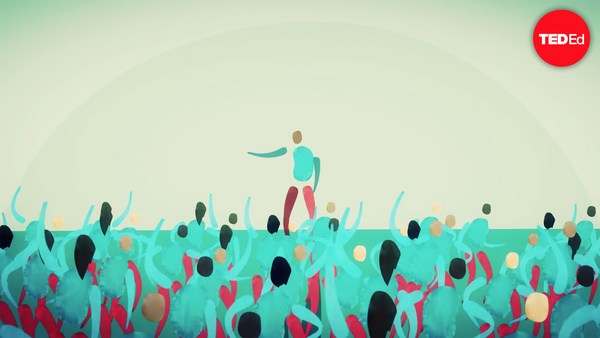You and a group of strangers have been gathered to design a just society. And to ensure none of you rig the system to benefit yourself, you’ve all been placed under a “veil of ignorance.” Under this veil, you’re blind to certain information about each other and yourselves. You don’t know your age or sex, your profession or natural talents, how much wealth you have, or your religious or philosophical beliefs. So, according to political philosopher John Rawls, you should be motivated to consider what’s most fair for all your society's citizens.
When Rawls published this thought experiment— known as “the original position”— in his 1971 opus “A Theory of Justice,” he was trying to identify principles to support a realistic utopia. This visionary society would ensure everyone had the resources and opportunities required to freely pursue their goals. Rawls was confident these principles could only be realized in a democracy. But he felt existing social structures weren’t the right path forward. He believed free market philosophies and welfare capitalism led to unjust accumulations of wealth and power. And he saw models inspired by Marxism as extreme reactions to capitalism’s flaws, with unrealistic assumptions about economies and human nature.
So Rawls proposed a new kind of democracy. One where no person was considered less valuable than another and all citizens could live according to their own wills. And while the details of this vision can seem radical, Rawls believed that, under the veil of ignorance, free and equal people would unanimously agree to his fair society. So, let’s play out this thought experiment.
The first step in designing our society is deciding how to distribute what Rawls called primary goods. These include the basic liberties, opportunities, and wealth necessary for pursuing most goals. Rawls believed our justice-architects would agree to an “equal scheme of basic liberties” for all, including freedom of speech and the freedom to associate with whoever they choose. After all, without the freedom to pursue one's goals, resources like wealth and job opportunities lose their value. Citizens would also have equal political liberties to vote and run for office. Next, Rawls believes the architects would establish what he calls “fair equality of opportunity.” This means society must be arranged so no one is unfairly deprived of the resources necessary to compete for valued jobs and other positions.
However, after agreeing upon equality of liberty and opportunity, Rawls believes our justice-architects would see the benefits of allowing for some wealth inequalities. For example, greater profits can incentivize innovation, productivity, and investment. But Rawls also believes our designers would want to limit differences in wealth with what he calls “the difference principle.” This states that wealth inequalities are only acceptable when they benefit the least advantaged citizens, making them better off than they’d be under conditions of strict equality.
These tenets form the foundation of Rawls’ just society, and he believed they could be achieved through what he called “property owning democracy.” This model would guarantee equal access to education and healthcare and rely on government regulation to ensure a just distribution of property and wealth. Rawls knew fully adopting this approach would require major changes for existing democracies. But he believed his principles could at least inspire some immediate improvements. For example, Rawls advocated for limits on campaign spending and political contributions to reduce the influence of wealth on politics. He also endorsed policies fighting discrimination and generous social safety nets like unemployment benefits to ensure a good situation for the worst-off.
Some philosophers have critiqued Rawls’ work. Ronald Dworkin argues that the difference principle unfairly tethers society’s progress to the status of the worst-off, even if they’re in that position because of their own choices. Meanwhile, Martha Nussbaum believes Rawls’ thought experiment overlooks real-life particulars. For example, the special needs of a person with disabilities might not be satisfied by the standard distribution of primary goods. And more generally, some argue the architects in Rawls’ harmonious thought experiment are simply too different from the competing interests building real societies.
But since its publication, this thought experiment has inspired some very real consequences. Rawls’ rallying cry for social and political equality and a more justly regulated form of capitalism has impacted countless political philosophers, activists, and policymakers. And this new school of thought about justice continues to challenge people to look past their biases and consider what a fair society might truly look like.


